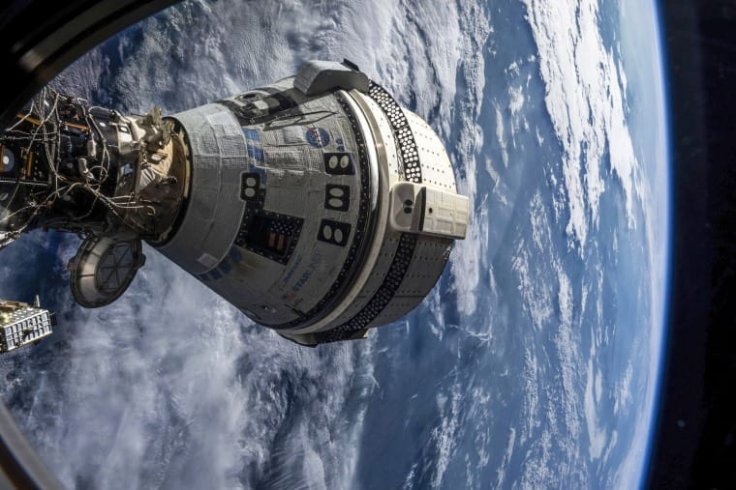Boeing's Starliner spacecraft is set to return to Earth today, ending a mission marked by serious technical problems. The spacecraft launched on June 5 from Cape Canaveral Space Force Station in Florida, carrying astronauts Sunita Williams and Barry Wilmore. Originally planned as an eight-day mission, the return was delayed indefinitely due to helium leaks and thruster malfunctions. The flight was a key test for Boeing's commercial space capsule, which aims to transport crews to the International Space Station (ISS).

In a setback for Boeing, NASA announced on August 25 that Williams and Wilmore will now return on SpaceX's Crew Dragon in February 2025 as part of the SpaceX Crew-9 mission. Due to ongoing thruster concerns, Starliner will make an uncrewed return.
NASA and Boeing engineers have warned of various risks during the capsule's re-entry. A steep re-entry angle could create too much friction, potentially causing the heat shield to fail, which would lead to the spacecraft burning up in the atmosphere. Conversely, if the re-entry angle is too shallow, Starliner could bounce off the Earth's atmosphere and be thrown back into space. This would strand the capsule in orbit, requiring an urgent retrieval mission. With one thruster already non-functional, there is a chance of further failures during the descent.
If more thrusters fail, the spacecraft could lose control. In such a scenario, the astronauts would have only 96 hours of oxygen and power, forcing NASA into a race against time to solve the issue or face potentially fatal consequences.
Starliner is scheduled to undock autonomously from the ISS today, with a landing planned at White Sands Space Harbor in New Mexico on Friday, September 6, at around 6:04 a.m. EDT (September 7, 3:30 a.m. IST), weather permitting. NASA will broadcast the departure and landing live on YouTube.
Despite these risks, NASA and Boeing remain confident in Starliner's abilities. At a press conference on September 4, officials reassured that 27 of the 28 thrusters had been tested and were operational. Additionally, the spacecraft will bring back valuable cargo, including reusable oxygen tanks, from the ISS.
The return of Starliner marks a critical moment for Boeing's space ambitions. It comes after years of delays and setbacks in the company's efforts to develop a reliable spacecraft for NASA's Commercial Crew Program. While SpaceX has successfully flown multiple crewed missions to the ISS, Boeing has struggled to demonstrate that Starliner can meet NASA's safety and performance standards.
Today's return is seen as a crucial step in Boeing's bid to regain NASA's confidence and prove Starliner's viability for future missions. A successful landing would be a significant milestone, though the path ahead remains challenging for Boeing as it works to resolve the issues that have plagued the Starliner program.








